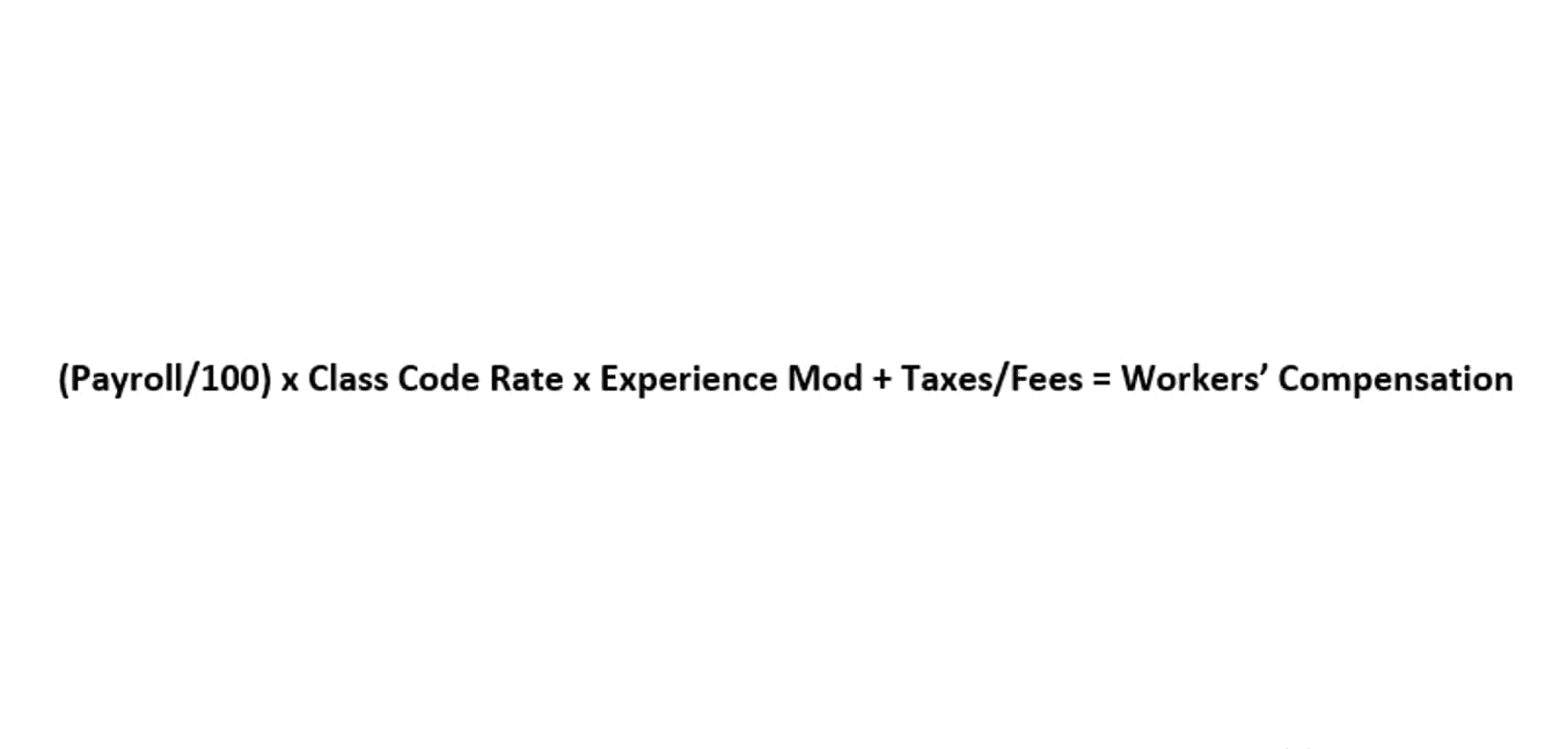
This is one of many accounts receivable KPIs we recommend tracking to better understand your AR performance. And while no single metric will give you full insight into the success—or lack of success—of your collections effort, average collection period is critical to determining short-term liquidity. In the first formula, we first need to determine the accounts receivable turnover ratio. Upon dividing the receivables turnover ratio by 365, we arrive at the same implied collection periods for both 2020 and 2021 — confirming our prior calculations were correct.

Bad debt expense formula Definition & Calculation

Once you have the required information, you can use our built-in calculator or the formula given in the next section to understand how to find the average collection period. To quantify how well your business handles the credit extended to your customers, you need to evaluate how average collection period example long it takes to collect the outstanding debt throughout your accounting period. HighRadius offers a comprehensive, cloud-based solution to automate and streamline the Order to Cash (O2C) process for businesses. By benchmarking against the industry standard, a company can gauge easily whether the number is acceptable or if there is potential for improvement. As a business owner, the average collection period figure can tell you a few things. A company would use the ACP to ensure that they have enough cash available to meet their upcoming financial obligations.
Study 3: results
We’ll discuss how to find your average collection period and analyze it further in this article. More specifically, the company’s credit sales should be used, but such specific information is not usually readily available. Although cash on hand is important to every business, some rely more on their cash flow than others. The average collection period is often not an externally required figure to be reported. The usefulness of average collection period is to inform management of its operations. In addition to being limited to only credit sales, net credit sales exclude residual transactions that impact and often reduce sales amounts.

Credit Terms
- Therefore, understanding each component and how they interact can provide insightful information regarding the financial health of a business.
- Since payments on these projects can fund other projects, they need to make sure clients are paying on time and in the correct amounts.
- A shorter ACP indicates that the company is efficient in collecting its receivables and has a shorter cash conversion cycle.
- In summary, both long and short collection periods present their own financial and reputational challenges.
- First, gather the net credit sales and average accounts receivable for the period.
- Study 2 used simulation to choose a configuration that balanced these school constraints and statistical properties.
- A longer collection period may negatively affect the short-term debt paying ability of the business in the eyes of analysts.
In the long run, constant cash flow problems can jeopardize the firm’s sustainability. The business model employed by a company can greatly impact the average collection period. Subscription-based businesses expect to receive payments regularly, often on a monthly basis, leading to a shorter average collection period. Comparatively, in a B2B model, businesses could offer flexible payment terms to secure orders, extending their collection period. A good example of this would be the automotive industry, where manufacturers sell to distributors on credit terms, leading to a more extended collection period.
Cash Management
- The average collection period (ACP) measures how long it takes a company to collect its accounts receivable, while the average payment period (APP) measures how long it takes customers to pay their invoices.
- At the beginning of the year, your accounts receivable were at $5,000, which increased to $10,000 by year-end.
- An average collection period (ACP) of 30 days indicates that, on average, it takes a company 30 days to collect its accounts receivable from the date of the invoice.
- A short collection period means prompt collection and better management of receivables.
- The resulting ACP value represents the average number of days it takes the company to collect its receivables.
Conventional content analysis was utilised, where coding categories were derived from the data 36. To support reflexivity and rigour, SKS, RW and DH independently coded two transcripts. From this meeting four top-level codes CARES Act were identified, including a code on the stepped wedge design, as well as several lower codes. These codes were then applied to the full dataset by SKS and additional codes were derived and applied iteratively. Definitions for each were created in a codebook and where a new code was introduced all previous transcripts were reviewed. Finally, the full dataset was reviewed and coded a second time to ensure consistency and accuracy.

- To determine the average collection period, divide 365 days by the accounts receivable turnover ratio.
- However, using the average balance creates the need for more historical reference data.
- On average, the PQR limited have to wait for 40 days before the receivables are collected.
- Incomplete designs, where not all schools are measured at each point, offer the flexibility to work around practical constraints such as school terms, but it is important to involve schools early on before the design is fixed.
- Even better, when you opt for an AR automation solution that prioritizes customer collaboration, you can improve collection times even further by streamlining the way you handle disputes and queries.
- Whether your collection period is low or high, knowing how to calculate the average will give you a better understanding of your company’s financial health.
- In the long run, you can compare your average collection period with other businesses in the same field to observe your financial metrics and use them as a performance benchmark.
If a company effectively manages its average collection period, it demonstrates its understanding and commitment to fair trade practices. Charging fair HVAC Bookkeeping interest rates, offering reasonable payment periods and understanding financial situations are all significant aspects of this. When a company refrains from pressing its debtors prematurely or excessively, it projects a stronger image for its CSR efforts. By aggressively pursuing collections, businesses may strain their relationships with customers. If customers perceive the firm’s collection practices as overly harsh or inflexible, it may lead to customer dissatisfaction, damaging the company’s reputation.
